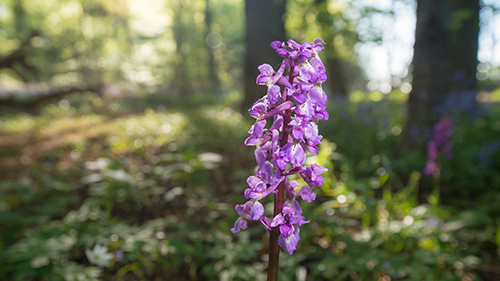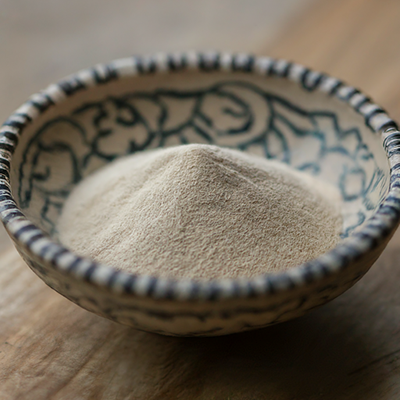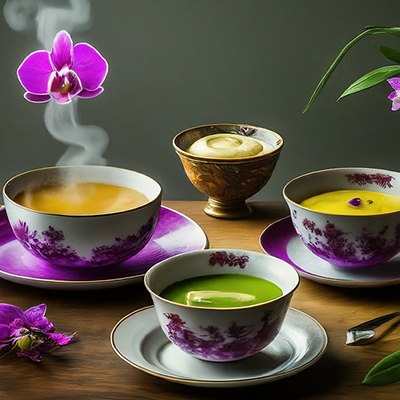Contents
The early purple orchid is among the most numerous families of the Vegetal Kingdom, with more than 20,000 species worldwide. Its beautiful flowers and botanical peculiarities make it a very desirable species. Its two underground tubers gave birth to the idea of testicles from ancient times. The name orchid is derived from the Latin word orquis (testicle).

Early Purple Orchid Scientific Facts
- Scientific Name – Orchis mascula L.
- Other Names – Orchid
- French – Orchis mâle.
- Spanish – Satirión manchado.
- Environment – Thick forests and mountainous meadows all over Europe. This plant is native to Asia Minor.
- Description—This Vigorous plant of the Orchidaceae family grows from 15 to 30 cm high. Its elongated leaves have reddish-brown stains. The root is a tuber with two unequal bulbs.
- Parts of the plant used medicinally – The tubers.
Healing Properties

In Arab countries, a kind of flour is extracted from the early purple orchid tubers and those of other orchid species. This flour is called salep. The genesis of this word is the Arabic expression yasa ataleb (fox testicles).

Salep contains 50 percent mucilage, 25 percent starch, 5 percent proteins, and 1 percent sugar. It is highly effective as an intestinal emollient, antidiarrheic, and refreshing. It is recommended for gastroenteritis, colitis, and dyspepsia. Salep is also a good food for children’s diarrhea.
In Eastern countries, this salep is given to recovering people and those suffering from asthenia (weakened and tired). Its alleged aphrodisiac virtues have not been proven; they are based only on the theory of signs, giving each plant a series of virtues allegedly manifested in the plant’s external appearance.
How to use Early Purple Orchid
- Salep is prepared as herbal teas, purees, or soups. It comes from Eastern countries since orchids are protected species in almost all Western Countries.
DISCLAIMER: All content on this website is presented solely for educational and informational objectives. Do not rely on the information provided as a replacement for advice, diagnosis, or treatment from a qualified medical expert. If you are pregnant, nursing, or have any preexisting medical concerns, talk to your doctor before using any herbal or natural medicines.
REFERENCES
- George D. Pamplona-Roger, M.D. “Encyclopedia of Medicinal Plants.” George D. Pamplona-Roger, M.D. Encyclopedia of Medicinal Plants. Ed. Francesc X. Gelabert. vols. 2 San Fernando de Henares: Editorial Safeliz, 2000. 512. Print.
- Early Purple Orchis: https://pfaf.org/USER/Plant.aspx?LatinName=Orchis%20mascula
- LuontoPortti: https://luontoportti.com/en/t/1352
- OnlyMyHealth: https://www.onlymyhealth.com/orchid-here-s-some-magical-health-benefits-of-this-decorative-flower-1566473813
Last update on 2025-05-09 / Affiliate links / Images from Amazon Product Advertising API





